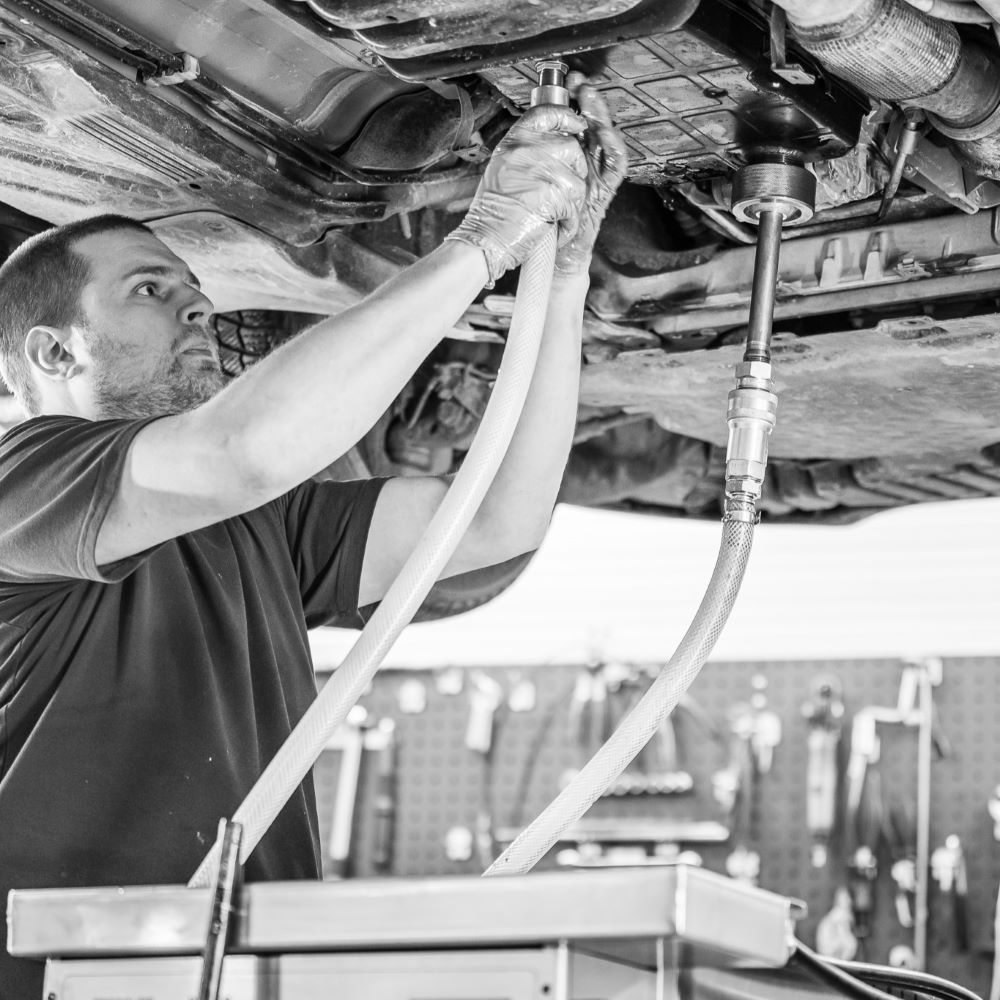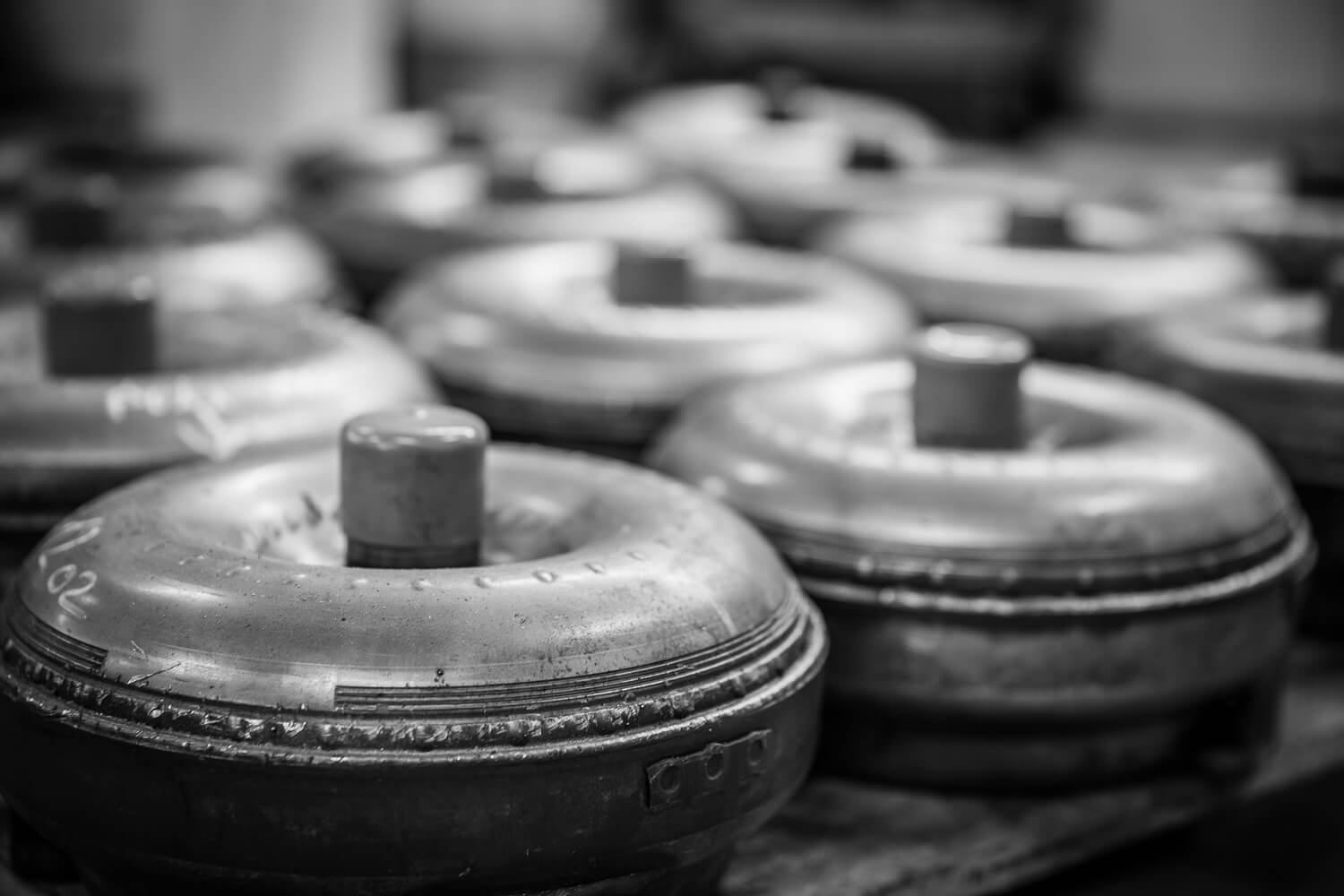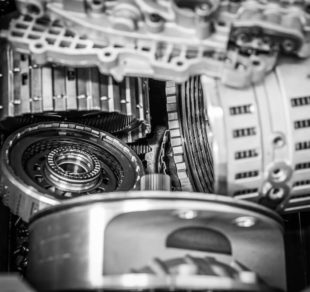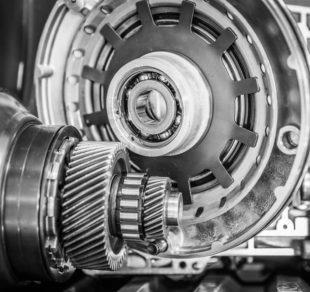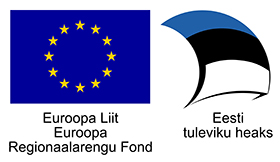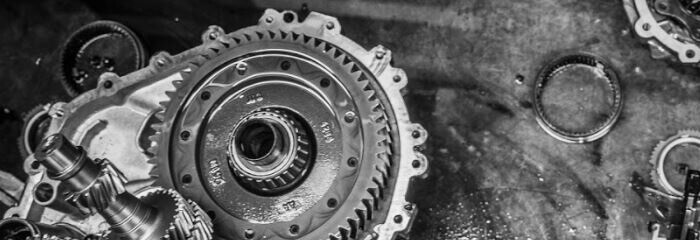
Leonardo da Vinci actually designed the continuously variable transmission in 1490. The first patent, on the other hand, was taken by Daimler and Benz 1886, but it became popular only in the 1950s when the Dutch company van Doorne introduced the transmission to its DAF buses without gears.
Variable transmissions have a number of special solutions, but mostly consist of two wheels/blocks, with either a strap or a chain between them. Changing smoothly the diameter of a driving and towing wheel results in no gear changes and smoothly moving from one gear to another.
Such a transmission actually has an infinite number of different gears and is therefore very different from a conventional automatic transmission. The gear change is not felt with the CVT transmission because there are none.
The advantage of the transmission is that the control unit always sets the optimum transmission (“gear”) to minimize fuel consumption. The disadvantage is their durability, costly repairs and relatively low tolerance of power and torque.
Such transmissions are often used on smaller vehicles with a weaker engine and where a low fuel consumption is a strong sales argument.
At the same time, the transmission is relatively pretentious. Audi completely abandoned CVT transmissions and replaced them with DSGs. The main reason is the wear of the transmission, because the transmission has a smooth metal belt/chain that rolls on smooth metal cone surfaces – obviously special oils are used, but it is not enough to completely avoid wear.
ONLY special oil may be used in the transmission, as it has special requirements. Certain CVT transmissions are equipped with a hydraulic coupling (Nissan, Mercedes), but mostly wet clutches.
This type of transmission is most used in Asia, less in Europe and in the US.
The marketing departments of different companies have also given names to this transmission:
Audi Multitronic
Subaru Lineatronic
Nissan Xtronic
Mercedes Autotronic
Toyota Multidrive-S ect.
ADVANTAGES – extends engine’s life span, an endless number of “gears”, lower fuel consumption, more efficient than an usual automatic transmission, less weight, cheaper to produce, improved ease of use (when the transmission is in order and not worn).
DISADVANTAGES – limited torque tolerance, shorter life span, cannot be repaired in case of certain faults, not so smooth start with wet clutch transmissions.
For more information, you can see the video here:





